
Orders of Germany - awards of former feudal states
Orders of Germany as national awards only emerged after 1918. Due to the existence of numerous fragmented feudal entities and city-states within the country, the award system remained complex for many centuries. Reforms were only completed by the beginning of World War II. In the 1950s, new orders of Germany appeared, among which the once-famous royal regalia were no longer found.
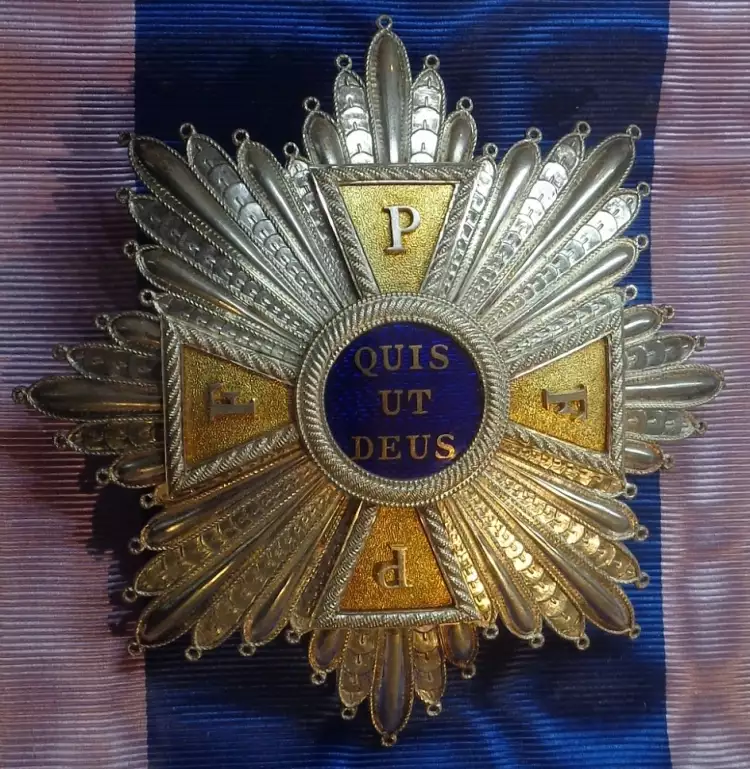 Orders of Germany. Order of St Michael. Pectoral Star of the Grand Cross
Orders of Germany. Order of St Michael. Pectoral Star of the Grand Cross
The Emergence of the Order System in Germany
Orders in Germany were established later than in Great Britain and France, which is connected to the strong position of the Teutonic Order. The spiritual brotherhood had extensive possessions in the northern part of Europe and strengthened themselves on their territories after fleeing from Palestine. The Baltic lands, under the influence of German feudal lords, were inhabited by people in need of "the word of Christ." However, in 1410, the combined forces of the Grand Duchy of Lithuania defeated the Teutonic army near the village of Grunwald, leading to a reduction in the influence of the brotherhood.
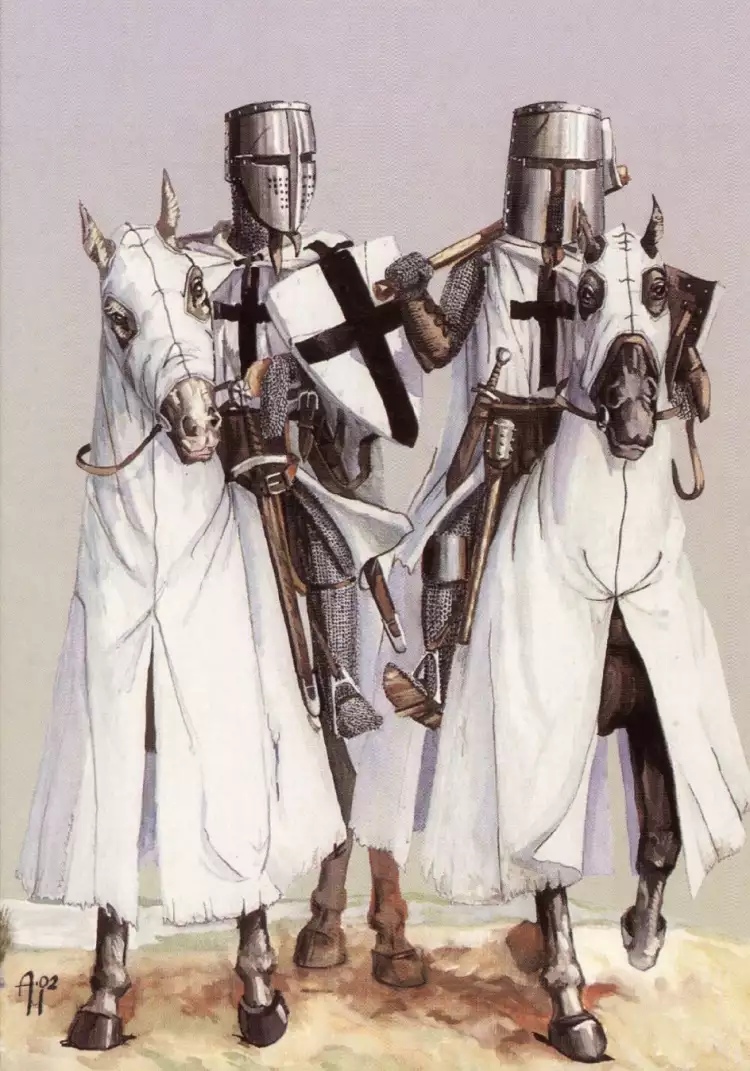 Orders of Germany. Illustration. Knights of the Teutonic Order
Orders of Germany. Illustration. Knights of the Teutonic Order
The orders of Germany, as secular organizations, began to emerge in the 15th century. Elector Friedrich II of Brandenburg founded the court order of the Swan in 1440, with the task of fighting the approaching Reformation. The symbol of the knight's union was an image of a golden bird surrounded by rays of the sun, with the figure of the Virgin Mary in the center of the composition. With the victory of the Reformation movement in the Catholic Church, the organization's activities declined. Later, the union was revived by Prussian monarch Friedrich Wilhelm IV, but it ultimately dissolved during the revolution of 1848.
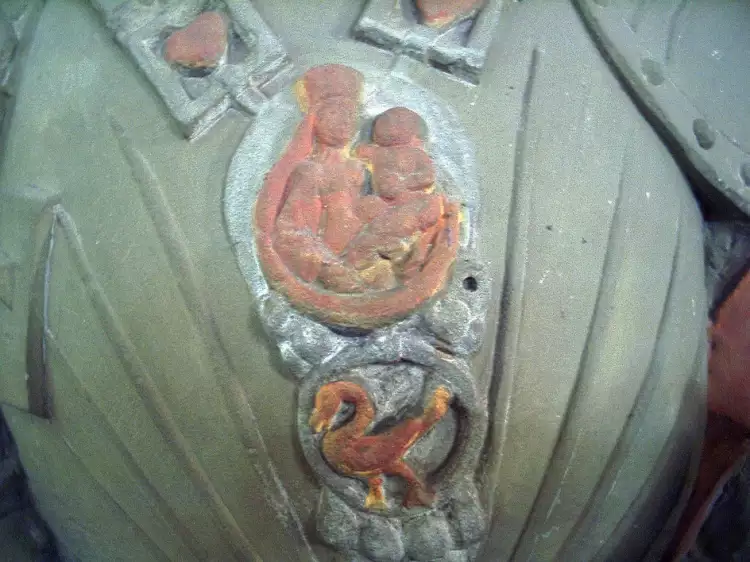 Orders of Germany. Signs of the Order of the Swan on the tombstone of a knight in Feuchtwangen
Orders of Germany. Signs of the Order of the Swan on the tombstone of a knight in Feuchtwangen
The regalia that appeared in the country in the following centuries served as symbols of monarchy, and membership in knightly unions indicated the high status of nobles close to the suzerains. The Order of the Hunting Horn was founded in 1444 in the Duchy of Jülich-Berg by Duke Gerhard II von Jülich-Berg in honor of his victory in the Battle of Ravensberg. The war, by the standards of that time, was not of great magnitude, but the order's insignia became a symbol of the ruler's military merits. The regalia lasted for several centuries - after the ducal line died out, the right to bestow the award passed to the Duchy of Palatinate and later to Bavaria. Knights included representatives of distinguished Bavarian families.
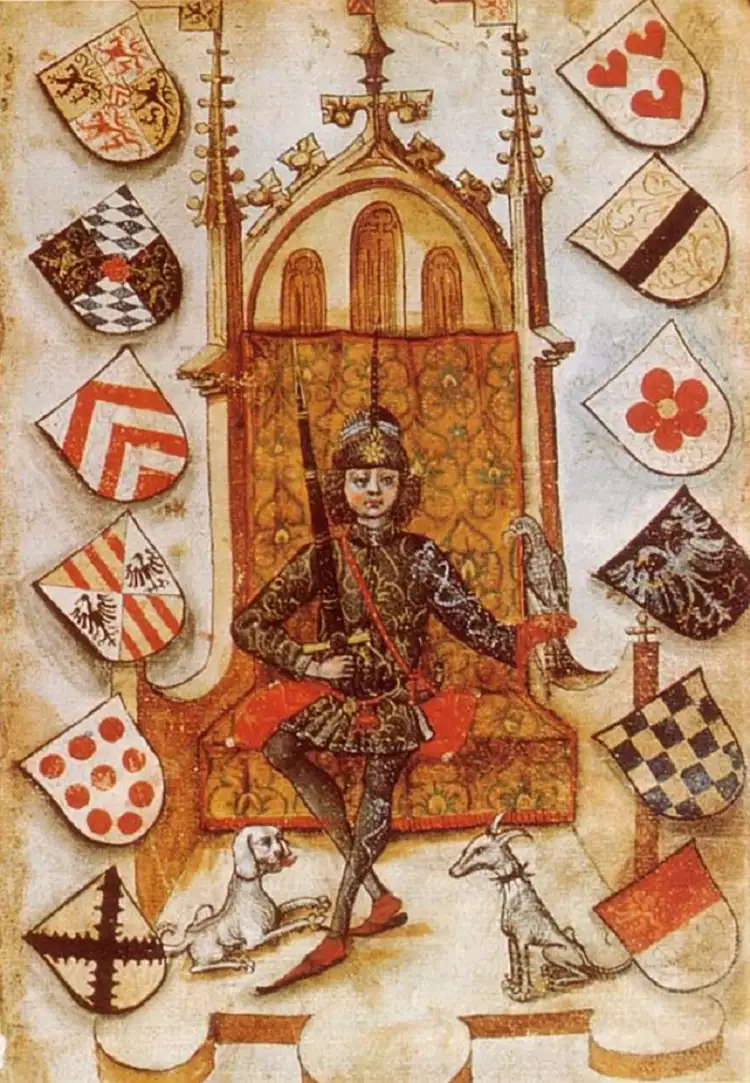 Orders of Germany. Miniature. Duke Gerhard von Julich-Berg, 1480
Orders of Germany. Miniature. Duke Gerhard von Julich-Berg, 1480
The first Catholic Order of St. Michael known in Germany was founded by the Elector of Cologne, Joseph Clemens Kajetan von Bayern, who took the position of bishop of the city in 1688. In this position, he created a new brotherhood under the patronage of the revered saint. Membership in the organization was awarded only to those who proved piety and dedication to the church. However, the elector's friendship with France negatively affected his reputation. In the end, he was dismissed from his position, and the order he established in 1693 lost its aristocratic and religious status.
Orders of the German Empire
In 1871, several dozens of disparate principalities, cities, and duchies united to form the German Empire. The German award system of the late 19th century was characterized by the existence of all awards in force within a specific country's territory. All states were officially annexed by Prussia and had joint administration, but they retained the right to their own regalia, totaling over a hundred in total.
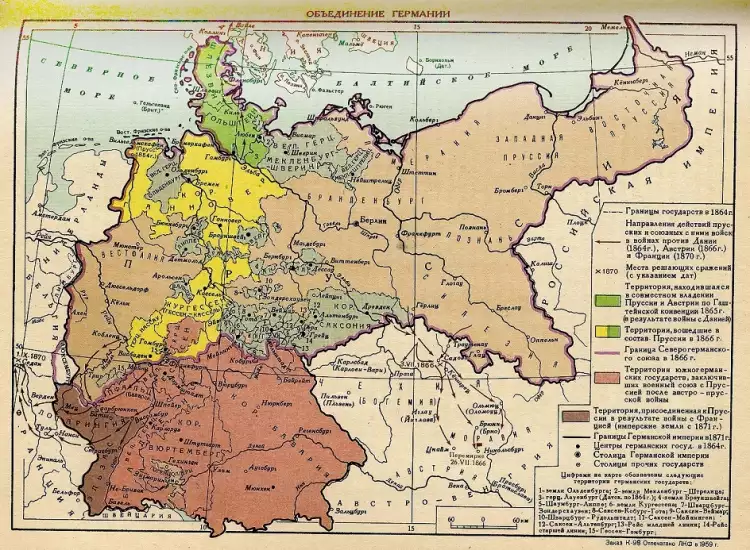 Orders of Germany. Map of Germany before its unification into an empire
Orders of Germany. Map of Germany before its unification into an empire
One of Prussia's most famous awards was the Iron Cross, established by Prussian King Friedrich Wilhelm III. The monarch approved the new regalia in 1813 during the liberation movement he declared against the rule of Napoleon Bonaparte. Unlike knightly awards, the cross had a very modest design and was made of iron, with only oak leaves and a silver rim as decorations. The award was given for exploits on the battlefields and for the capture or defense of "important fortresses."
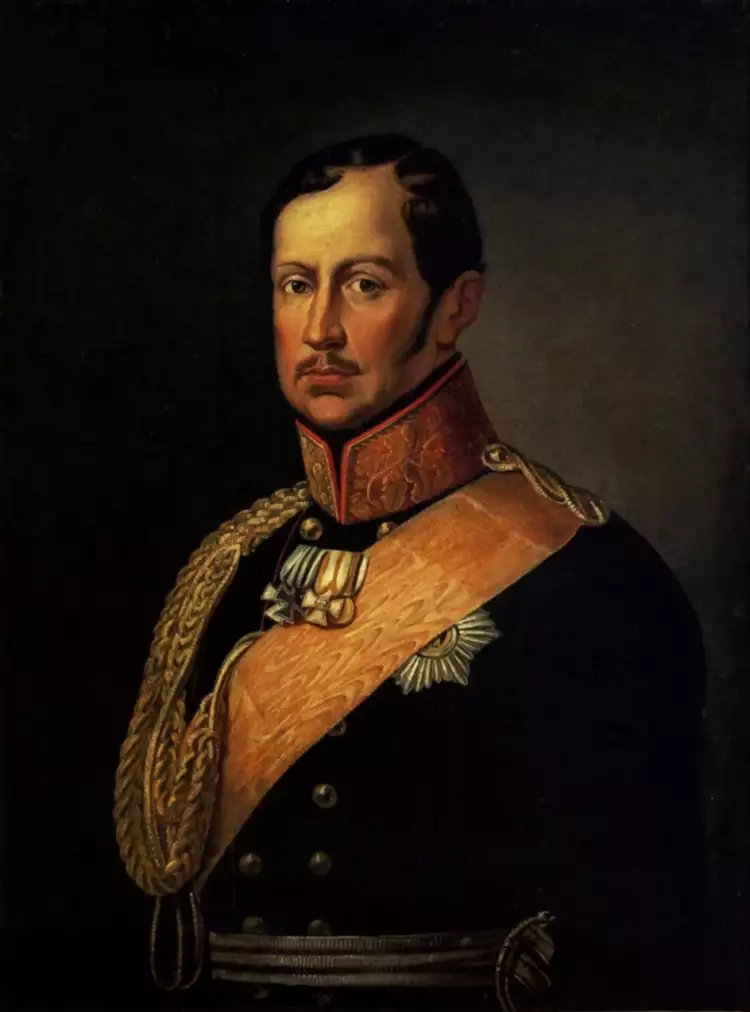 Orders of Germany. Portrait of Frederick William III, King of Prussia, 1830-1840
Orders of Germany. Portrait of Frederick William III, King of Prussia, 1830-1840
The Order of the House of Hohenzollern was established in honor of the German royal family. A representative of the dynasty, Albrecht von Brandenburg-Ansbach, became the Grand Master of the Teutonic Order in 1510, one of the first to embrace Lutheranism, and transformed the possessions of the spiritual knightly brotherhood into a secular state. The official date of the establishment of the regalia is considered to be December 5, 1841. It could be awarded to anyone who distinguished themselves in state affairs, including school teachers who were rewarded for long service. After German monarchs abdicated the throne, the award became non-state.
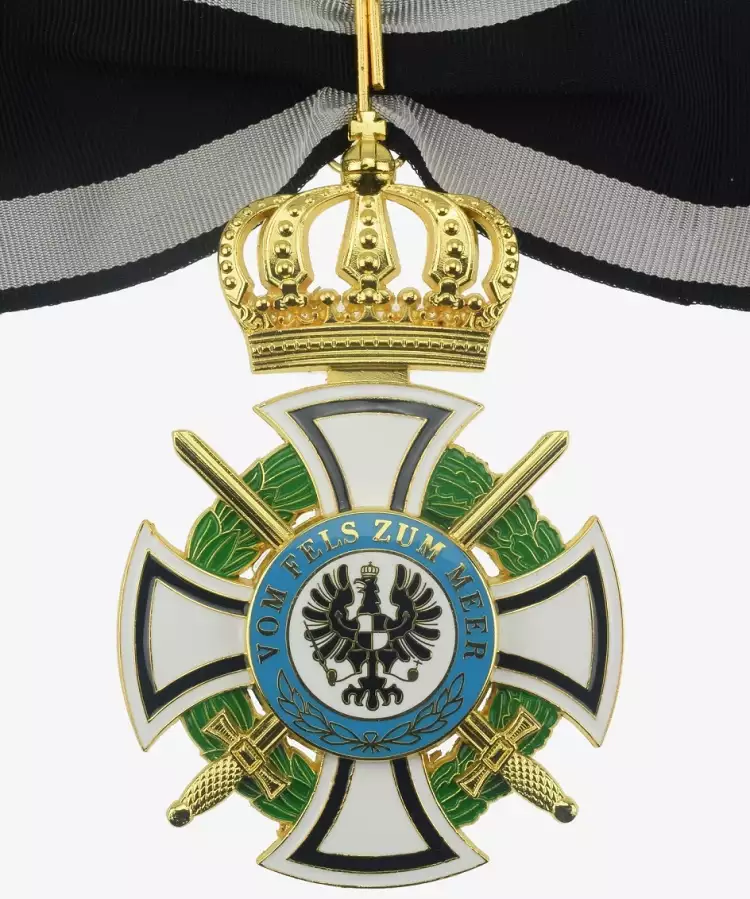 Orders of Germany. Order of the House of Hohenzollern
Orders of Germany. Order of the House of Hohenzollern
Orders of the Third Reich
It is impossible to consider the history of the German award system without taking into account the times of the Third Reich. Immediately after the country's unification and up until 1918, all regalia in the state had a territorial character. Even the awards were presented on behalf of the governments of the individual principalities and duchies that were part of the empire. After Adolf Hitler came to power, he declared all awards to be national and abolished many existing regalia.
The most famous orders of Germany were:
- Order of St. Michael.
- Order of the Black Eagle.
- Order of the White Falcon.
- Order of St. Henry.
- Order of Civil Merit of the Bavarian Crown.
- Order of Frederick of Württemberg.
- Order of the House of Hohenzollern.
- Order of the Griffin.
The government developed a new award system and changed the design of orders and medals, incorporating Nazi Germany symbolism. During the pre-war period, the Führer himself awarded soldiers and officers of the Wehrmacht, but with the start of military operations in Europe, this responsibility was entrusted to the command of military units. The exception was the country's highest awards; for example, the Knight's Cross was presented only by Hitler.
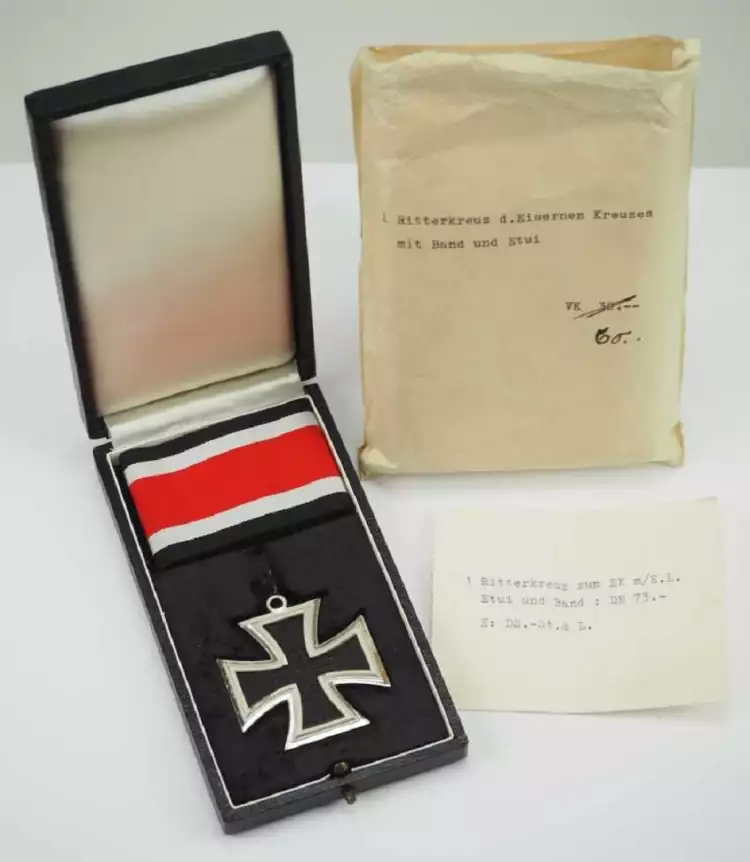 Orders of Germany. Knight's Cross
Orders of Germany. Knight's Cross
Military regalia were designed with consideration for the country's rich imperial heritage and combined traditional monarchy symbolism with NSDAP attributes. The central element of the design became the swastika, which had existed for centuries before the Nazis and was not a symbol of tyranny and oppression. The symbol was used as one of the representations of the cross, which had been a religious artifact long before the emergence of Christianity. The swastika can be found on architectural landmarks of various cultures, including Greeks, Egyptians, Persians, and even Native Americans. Hitler simply borrowed the image and made it a symbol of fascist Germany.
Starting from 1930, numerous new awards appeared in the country. The Führer personally approved or rejected the design of any state symbols. Separate awards were intended for different parts of the Wehrmacht, and the SA (Sturmabteilung) and elite SS units had their own regalia. The Order of the German Mother (Das Ehrenkreuz der Deutschen Mutter) was established, with its highest degree awarded to women who had eight or more children.
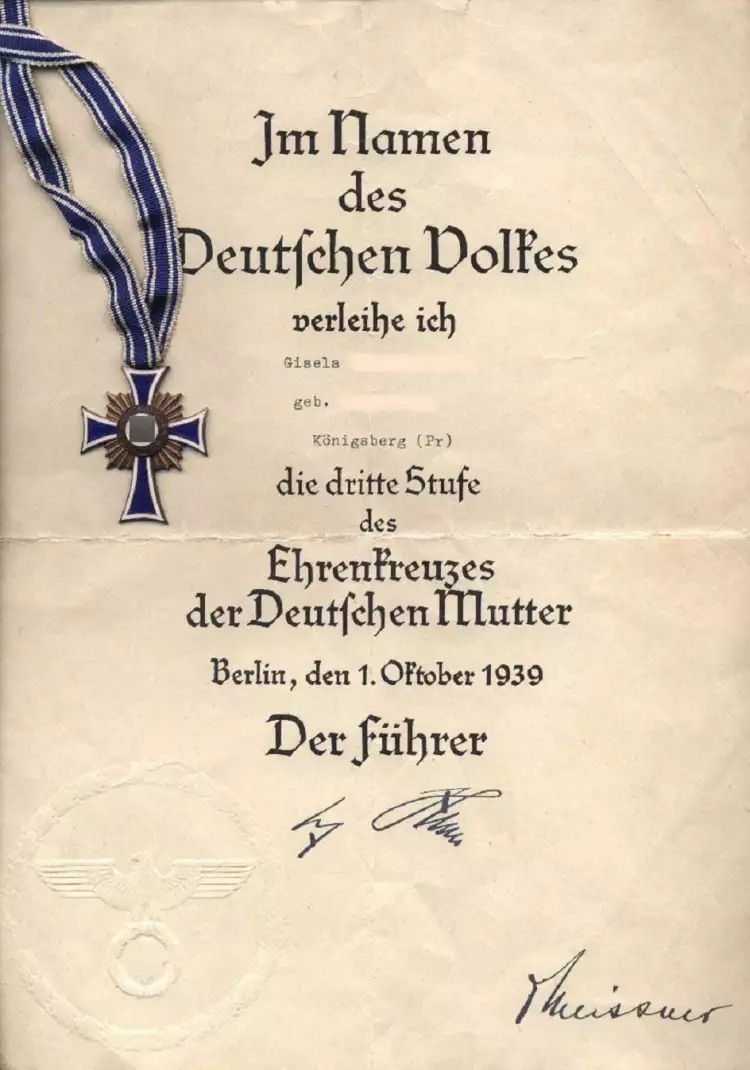 Orders of Germany. Certificate for the Order of the German Mother
Orders of Germany. Certificate for the Order of the German Mother
The most famous Nazi regalia were:
- Order of the German Eagle.
- Knight's Crosses of various degrees.
- War Order of the German Cross.
- Spanish Cross.
- Cross of Military Merit.
The design of many of them was later modernized in the 1950s to align with European trends and was included in the list of military awards of the FRG's army. Unlike other European states, Germany practically did not retain knightly and royal distinctions in its award system. However, historical traditions have led to each of the federal entities awarding its own decorations to citizens.
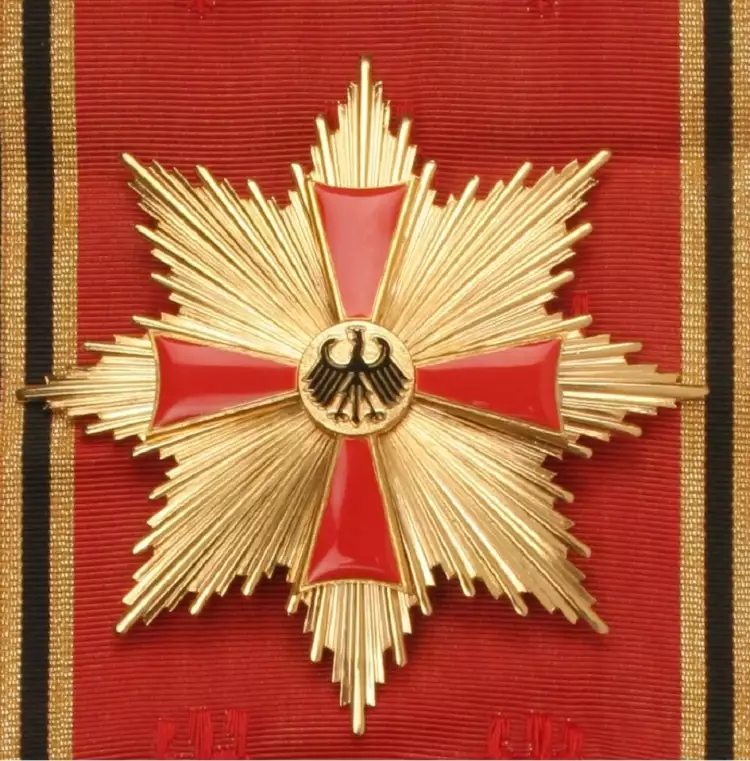 Orders of Germany. Order of Merit of the Federal Republic of Germany
Orders of Germany. Order of Merit of the Federal Republic of Germany
Today, numismatics and philately attract many collectors. The portal Very Important Lot offers the opportunity to participate in auctions where among the lots are rarities of great historical value and true masterpieces of antiques.
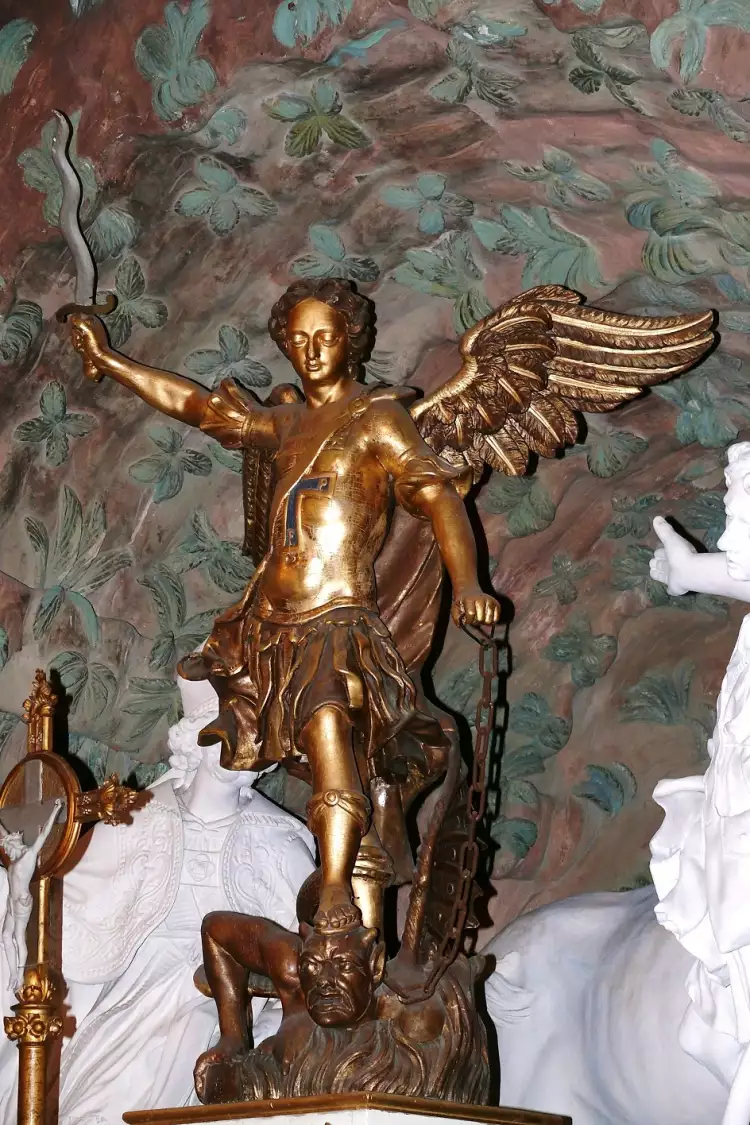
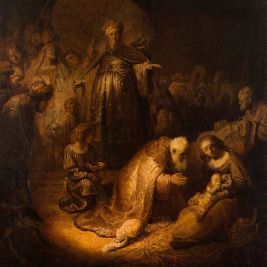 Grisaille is a unique monochromatic art with stunning possibilities
Grisaille is a unique monochromatic art with stunning possibilities  Pastel - a technique with unique possibilities in painting and graphics: types, history, artists
Pastel - a technique with unique possibilities in painting and graphics: types, history, artists 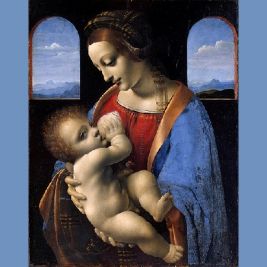 Renaissance is an era of great names
Renaissance is an era of great names  Expressionism in interior design - the style of freedom and youth
Expressionism in interior design - the style of freedom and youth  Installation - the modern art of striking three-dimensional compositions
Installation - the modern art of striking three-dimensional compositions  Drawing: essence, types, techniques, and a brief history
Drawing: essence, types, techniques, and a brief history  Photography is an art accessible to everyone
Photography is an art accessible to everyone 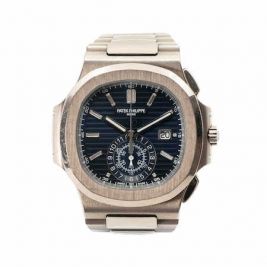 Wettmann Onlineauctionen: A Portal to Rare Antiques and Luxurious Treasures
Wettmann Onlineauctionen: A Portal to Rare Antiques and Luxurious Treasures  Street Art and Neo-Expressionism: Vital Art Trends of 2023
Street Art and Neo-Expressionism: Vital Art Trends of 2023  The religious genre is profoundly spiritual and sincere art
The religious genre is profoundly spiritual and sincere art